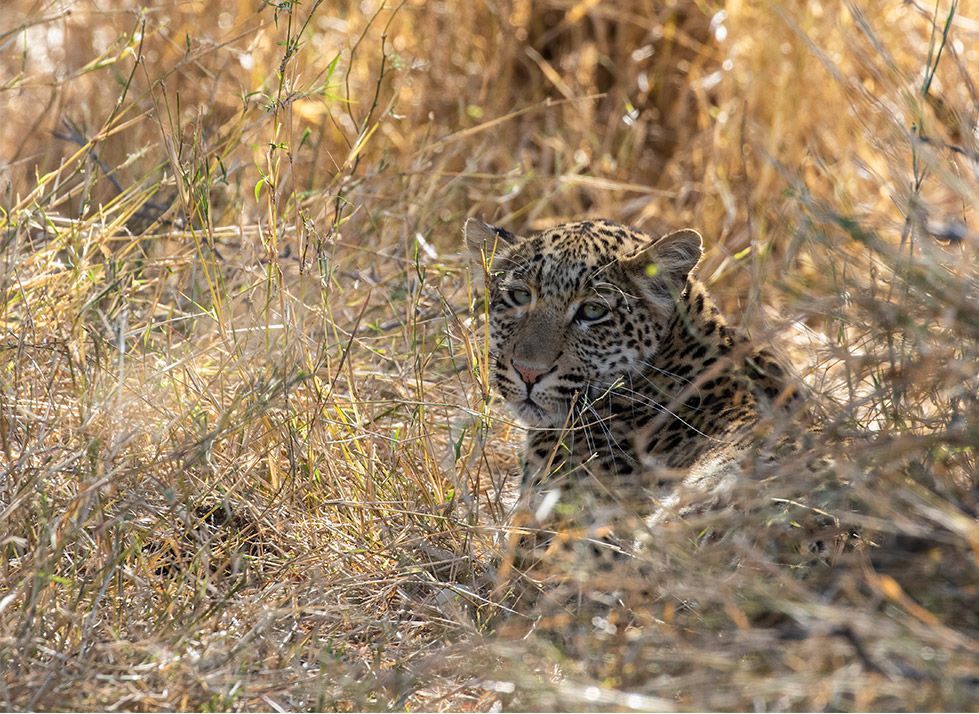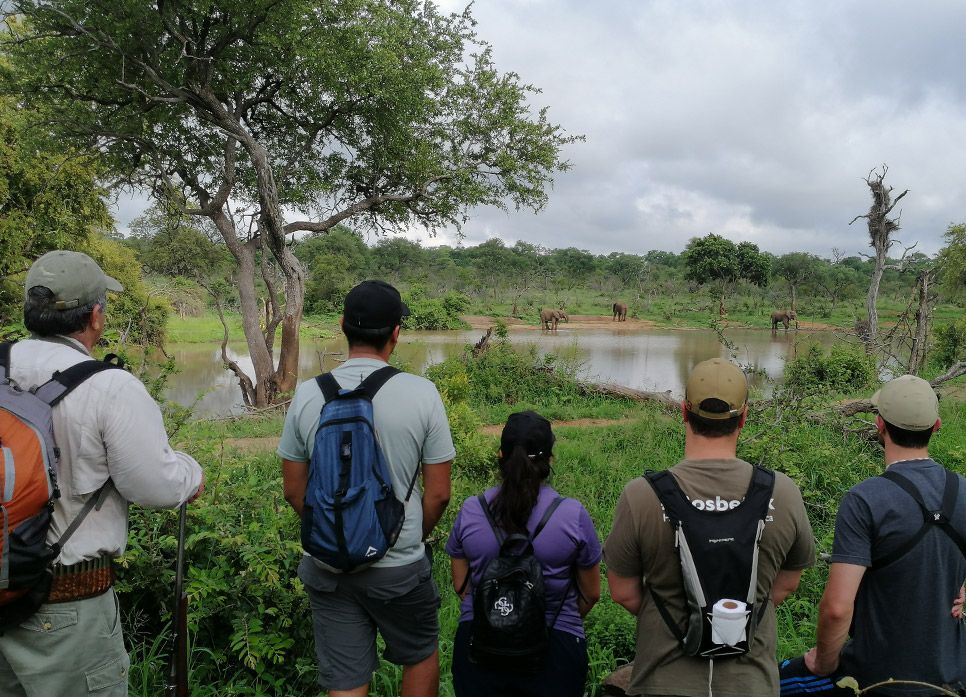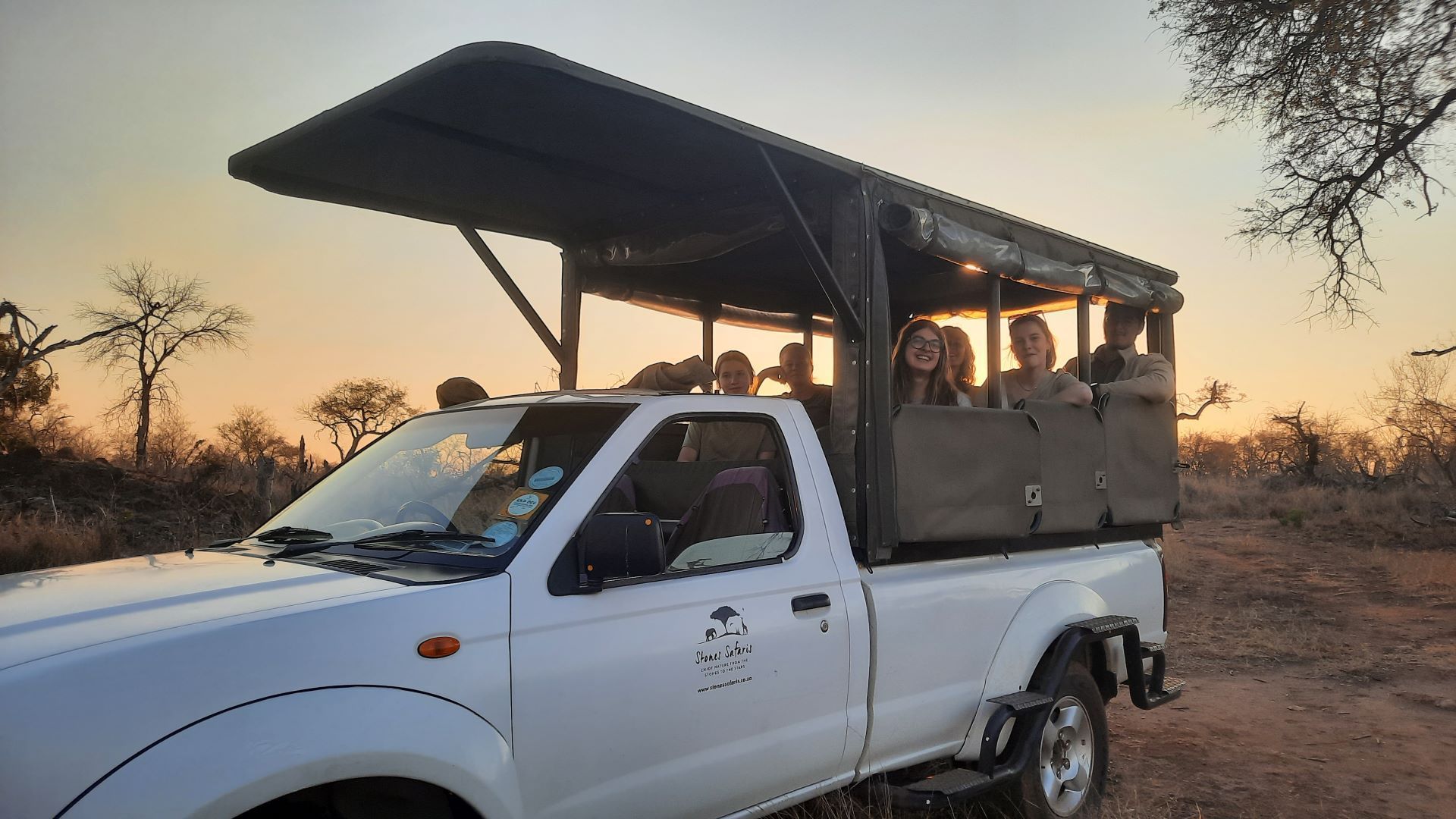Tracking Wildlife on Foot

From The Stones To The Stars
Lacing up your boots for a walking safari isn't just a change in pace from the rumble of a game drive—it's a shift in mindset. The moment you step onto the trail, the bush comes alive in unexpected ways. Every rustle in the grass, every track in the dust, every broken twig becomes part of an unfolding story. This is where the real magic of Africa happens—up close and unscripted.
Guided by seasoned trackers, you learn to see the land not as a backdrop, but as a living, breathing text. The ancient art of wildlife tracking turns each footprint and spoor into dialogue—a silent exchange between the wilderness and those who know how to listen.

Key Takeaways
- Intimate Connection: Walking safaris foster a profound bond with nature, engaging all senses in the exploration.
- Educational Experience: Guides share invaluable knowledge on tracking, survival skills, and ecological awareness.
- Safety and Ethics: Proper training ensures that wildlife encounters are conducted safely and responsibly.
- Personal Empowerment: Learning to interpret natural signs empowers individuals to appreciate and respect the wilderness deeply.
The Essence of Wildlife Tracking
Tracking is more than merely following animal footprints; it's an interpretative art that deciphers the subtle signs left by wildlife. Experienced guides, often trained through programs accredited by organizations like the Field Guides Association of Southern Africa (FGASA), possess the expertise to read these natural clues. They analyze spoor (tracks), scat, territorial markings, and even disturbed vegetation to reconstruct recent animal activities. This knowledge allows guides to anticipate animal movements, enhancing the chances of close encounters during a bushwalk.
Techniques Employed by Skilled Guides
- Track and Sign Interpretation: Guides meticulously examine footprints, droppings, and other signs to identify species, gauge their size, and estimate how recently they passed through. For instance, the freshness of elephant dung can indicate proximity, while the direction of flattened grass might reveal the path of a passing herd.
- Trailing: Beyond identifying signs, trailing involves following an animal's path stealthily. This demands acute awareness and understanding of the terrain to approach wildlife without disturbance.
- Sensory Awareness: Guides utilize all senses—listening for alarm calls from birds or other animals, noting unusual scents, and observing subtle changes in the environment—to detect the presence of wildlife.
Survival Skills Shared on the Trail
Participating in a bushwalk isn't solely about wildlife observation; it's also an educational journey where guides impart essential survival skills:
- Plant Identification: Learning about indigenous flora, including medicinal uses and edible plants, enriches the understanding of the ecosystem's resources.
- Navigation Techniques: Guides teach natural navigation methods, such as using the sun's position or landmarks, fostering a deeper connection with the environment.
- Safety Protocols: Understanding animal behavior and maintaining respect for wildlife ensures safe and ethical encounters. Guides emphasize the importance of maintaining distance, recognizing warning signs, and reacting appropriately during unexpected situations.
Experiencing Bush Walks in Kruger National Park
Kruger National Park stands as a premier destination for walking safaris. The park's diverse habitats offer a rich array of wildlife tracking opportunities. Guided bush walks here provide participants with firsthand experience in tracking the Big Five and other species, all while gaining insights into the delicate balance of this renowned ecosystem.
A guided bushwalk isn’t just about spotting wildlife—it’s aboutslowing down enough to notice the whispers of the wild. You’re not just walking; you’re learning to read the land, to tune into the ancient rhythms that most travelers never see. It’s raw, real, and deeply human. One moment you’re crouching next to a fresh rhino track, the next your guide is pointing out how the birds are suddenly silent. Something’s up. The bush is talking.
This is the power of a truewalking safari—the kind of immersive, soul-shifting experience you’ll find on ourguided wilderness trails. Not sure if a walk or drive is your style? Oursafari comparison guide breaks it all down. And if you’re looking for a base that keeps you close to the action, check out our Hoedspruit safari packages.
Want to feel the ground beneath your feet and the thrill of the unknown?
Start with our curated walking safari experiences and step into the bush with us.
Frequently Asked Questions
Is a walking safari safe?
Yes—walking safaris are led by highly trained and armed guides who prioritize guest safety and follow strict protocols when tracking wildlife.
What animals can I expect to see on a bushwalk?
You might encounter elephants, rhinos, giraffes, and various antelope species—plus the thrill of tracking predators like lions or leopards (from a safe distance).
How fit do I need to be for a walking safari?
You don’t need to be an athlete, but moderate fitness helps. Walks are usually slow-paced and focus more on observation than covering distance.
What should I pack for a bushwalk?
Lightweight clothing in neutral colors, sturdy walking boots, a wide-brim hat, sunscreen, and a refillable water bottle are essential.
When is the best time of year for walking safaris?
The dry season (May to September) offers better visibility for tracking and cooler temperatures, making it ideal for bushwalks.







